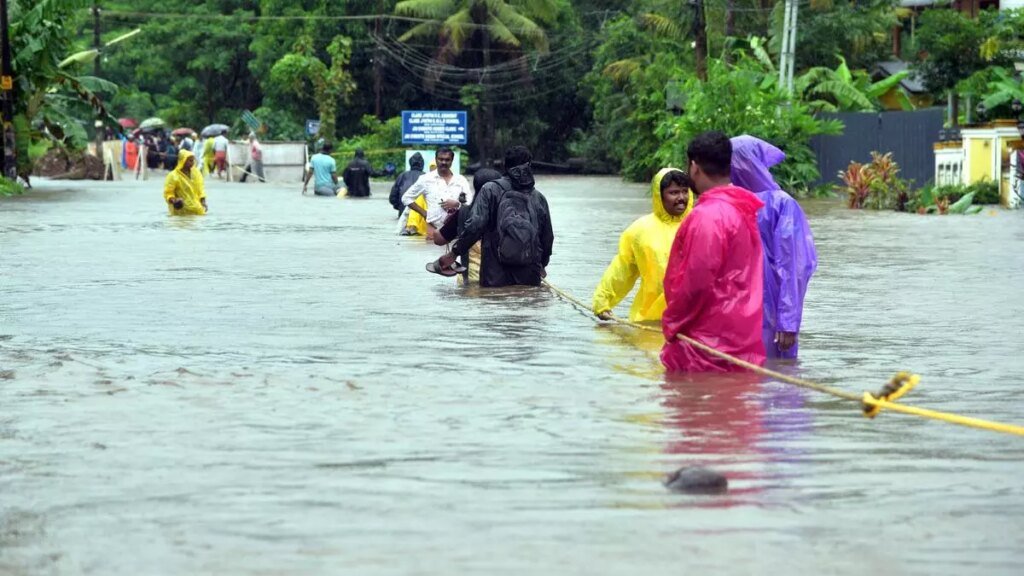Overall rain surplus but spatial, temporal spread concerning

Recent warnings by global weather agencies such as the Australian Bureau of Meteorology that La Nina conditions, which bring heavy rain and flooding to Asia, may now emerge only in October is not exactly good news for the sub-continent. The arrival of La Nina was in fact eagerly awaited ever since the 2023 South-West monsoon impacted by El Nino, delivered sub-normal rainfall at just 94 per cent of the long-period average (LPA).
This triggered reverses in kharif sowing, depleted reservoir storage and depressed growth in agriculture Gross Value Added to 1.4 per cent for FY24. The indifferent monsoon has also led to bouts of food price inflation, posing difficulties for the central bank. The delay in onset of La Nina raises worries as to whether the monsoon will turn out to be patchy this year as well. When the India Meteorological Department (IMD) had forecast a munificent South-West monsoon at 106 per cent of LPA in June, it was predicated on the emergence of La Nina and the transition of the neutral Indian Ocean Dipole (IOD) into positive readings. But global weather agencies now expect IOD to slip into negative territory too.
Although cumulative monsoon rains so far are marginally in surplus, their spatial and temporal distribution has been far less than ideal. Much of India struggled with sizzling temperatures throughout June while rains played truant — North-west and Central India grappled with droughts while the Southern peninsula faced flooding. Rainfall has since picked up in Central India, but deficits in Northwest, East and Northeast India persist. There have also been localised instances of a month’s precipitation being compressed into a few hours. In other words, though the aggregate quantum of rains in this season may end up close to IMD’s June forecast, its distribution could be patchy. The uneven monsoon has taken a toll on kharif acreage — it is just 2 per cent above last year’s levels and crops such as moong, jowar, bajra and sesamum are showing a deficit. A tactical shift to short-duration crops and water conservation measures to ensure that the rabi season is better than last year’s may now be called for. For policymakers, these rainfall patterns also show that the IMD’s monthly and weekly nowcasts are a more reliable guide to how the monsoon will fare, than its long-range forecasts put out in April and June.
While the IMD has strived to improve its predictive models, global warming is the wild card factor. The Australia weather agency recently admitted that changed global patterns of seas-surface temperatures had made predictions based on historical El Nino and IOD data appear quite shaky. Governments will now need to remain alert to deal dynamically with the challenges unleashed by the weather. As the Economic Survey points out, with supply disruptions emerging as the main trigger to food price flare-ups the Government’s role in quelling inflation is on the rise, while the central bank’s role must diminish.








